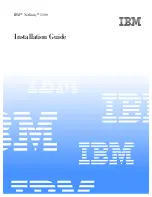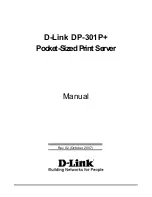
72 | Dell EMC VxRail Appliance Operations Guide
© 2017 Dell Inc. or its subsidiaries.
Recovery writes occur during the resync
of components impacted by a failure.
Resync Read Throughput reads are the
result of recovery operations or
maintenance such as policy change,
maintenance mode/evacuation,
rebalancing, and so on.
Congestion
vSAN congestion occurs when the IO
rate on the lower layers (backend)
cannot keep up with the IO rate on the
upper layers. See KB article
https://kb.vmware.co
m
for more
information.
Sustained congestion is not usual and
typically should be near zero. Congestion
may occur during bursts of workload
activity and can impact response time.
If the system consistently shows high
levels of congestion, further analysis is
required and may indicate that the
system needs additional resources.
Outstanding
IO
When a virtual machine requests a read
or write operation, the request is sent to
the storage device. Until this request is
complete, it is considered an outstanding
IOs. Analogous to queuing
While vSAN is designed to handle some
number of outstanding IOs, outstanding
IOs impact response times.
The above tables explain cluster level metrics. Host level metrics are more granular and include
details down to the disk group and physical disk level with more metrics available for analysis.
Advanced workload and performance analysis
Advanced performance analysis and troubleshooting may require more granular data. VMware
Virtual SAN Observer, part of the Ruby vSphere Console (RVC), provides a command line
interface for capturing detailed performance statistics including IOPs and latency at different
layers in vSAN, read cache hits and misses, outstanding IOs and congestion. This performance
data can be accessed from a web browser or captured and sent to Dell EMC support for
advanced analysis and troubleshooting.
Creating a vSAN Observer Performance Statistics bundle
When working with Dell EMC support, you may be asked for a vSAN Observer Performance
Statistics bundle for offline analysis. To create a performance bundle, first log in to the RVC and
then run the command to create a bundle for a specific timespan. The following steps outlines
this procedure.
1. Open a SSH session and log in into the vCenter Server as root.
If SSH is not enabled, from the vSphere web client, go to
Administration -> System
Configuration -> Nodes
. Select the vCenter Server and enable SSH in the Access settings.
2. Connect to the Ruby vSphere Console (RVC) as the Administrator user.
Содержание VxRail Appliance
Страница 86: ......















































